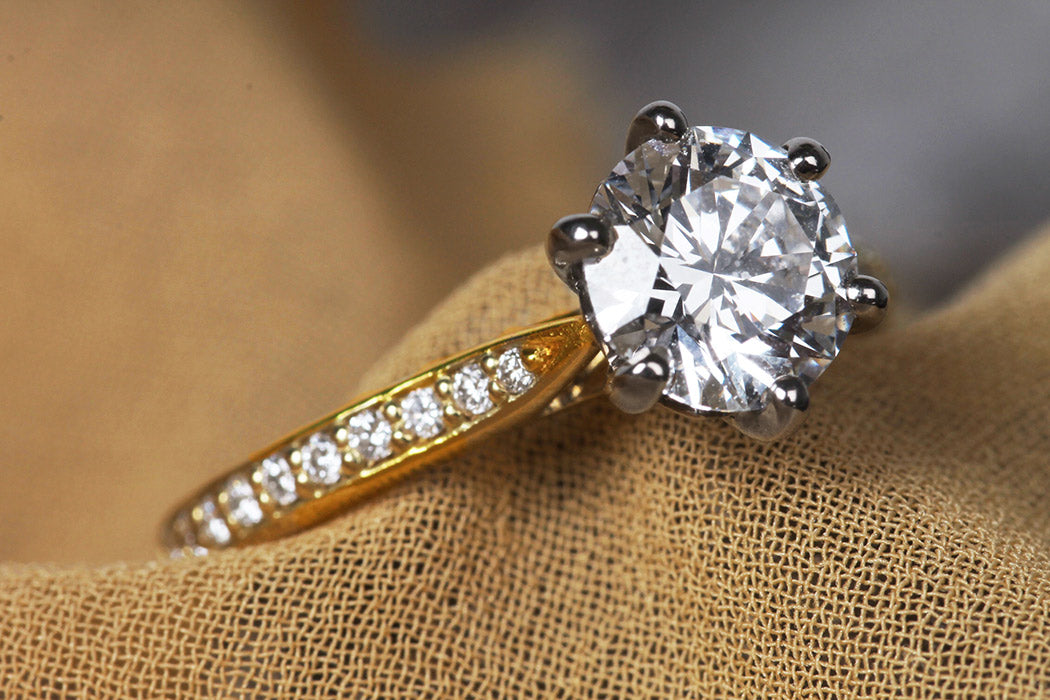Introduction
In the realm of jewelry, lab-grown diamonds have sparked a revolution. They offer a blend of elegance, ethics, and affordability that traditional mined diamonds struggle to match. But what about the setting that cradles these shimmering stones? Enter the lab grown diamond rings claws – the unsung heroes of the sparkling world. Let’s delve into the intricacies of these tiny, yet mighty components.
Understanding Lab-Grown Diamonds
What Are Lab-Grown Diamonds?
Lab-grown diamonds, also known as synthetic or cultured diamonds, are created in controlled environments that mimic the natural conditions where diamonds form beneath the Earth’s crust. They possess the same chemical composition, crystal structure, lab grown diamonds, and optical properties as mined diamonds.
Benefits of Lab-Grown Diamonds
- Ethical Sourcing: Lab-grown diamonds eliminate the ethical concerns associated with diamond mining, such as human rights abuses and environmental degradation.
- Affordability: They typically cost 20-40% less than mined diamonds, making them an attractive option for budget-conscious consumers.
- Quality Control: The controlled manufacturing process ensures consistent quality and purity, free from the flaws often found in mined diamonds.
The Role of Claws in Diamond Rings
What Are Claws?
Claws, also known as prongs, are the tiny metal projections that hold the diamond securely in place within the ring setting. They play a crucial role in both the aesthetic appeal and structural integrity of the ring.
Types of Claw Settings
- Four-Prong Setting: Offers a classic look with minimal metal visibility, allowing more light to enter the diamond for maximum brilliance.
- Six-Prong Setting: Provides added security and stability, ideal for larger or more valuable diamonds.
- Bezel Setting: Surrounds the diamond with a metal rim, offering a sleek and modern aesthetic while providing excellent protection against damage.
Lab-Grown Diamond Rings Claws: The Perfect Match
Precision Engineering
Lab-grown diamond rings claws are meticulously crafted to complement the unique properties of synthetic diamonds. Their design ensures a snug fit, minimizing the risk of the diamond coming loose or being damaged.
Durability and Longevity
Despite their delicate appearance, lab grown diamond rings claws are engineered for durability. High-quality materials such as platinum, gold, or palladium are used to ensure longevity and resistance to wear and tear.
Customization Options
From the number of prongs to the type of metal used, customers have a myriad of customization options when it comes to lab-grown diamond rings claws. This allows for personalized creations that reflect individual style preferences.
The Rise of Sustainable Jewelry
Environmental Impact
By opting for lab grown diamond rings claws, consumers contribute to the sustainability of the jewelry industry. With no mining required, the environmental footprint is significantly reduced, leading to a cleaner and greener future.
Ethical Considerations
Lab-grown diamonds and their accompanying claws are free from the ethical concerns that plague the traditional diamond industry. Consumers can enjoy their jewelry with peace of mind, knowing that no harm was inflicted on communities or the environment.
Conclusion
In the world of jewelry, lab grown diamond rings claws may be small in size, but they play a monumental role in shaping the future of sustainable luxury. With their blend of precision engineering, durability, and ethical sourcing, they offer a glimpse into a brighter, more responsible era of adornment. So, the next time you admire a sparkling lab-grown diamond ring, take a moment to appreciate the unsung heroism of its claws.

